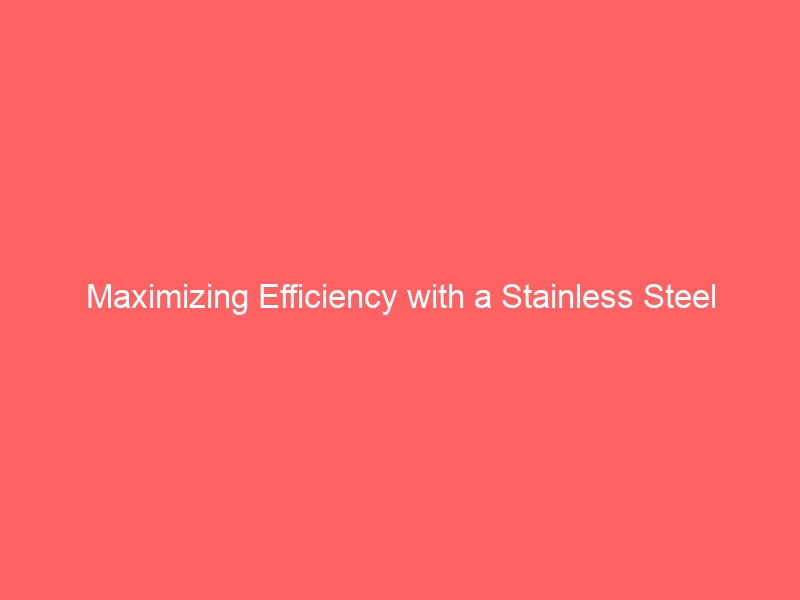Maximizing Efficiency with a Stainless Steel Chimney
A stainless steel chimney is an essential component for any fireplace or wood-burning stove. It plays a crucial role in safely venting smoke, gases, and other by-products of combustion out of your home, while also ensuring efficient operation and minimal heat loss. When properly designed and maintained, a stainless steel chimney can significantly maximize the efficiency of your heating system. In this article, we will discuss the benefits of using a stainless steel chimney and provide tips for maximizing its efficiency.
Benefits of Stainless Steel Chimney
There are several advantages to using a stainless steel chimney over traditional masonry chimneys. Stainless steel chimneys are more affordable, easier to install, and require less maintenance than their masonry counterparts. They are also more resistant to corrosion, cracking, and damage from high temperatures, making them a durable and long-lasting option for venting systems.
One of the key benefits of a stainless steel chimney is its superior insulation properties. The use of high-quality insulation materials in stainless steel chimneys helps to maintain high flue gas temperatures, which improves the draft and prevents the build-up of creosote and other combustible materials. This leads to better combustion and higher heating efficiency, resulting in lower fuel consumption and reduced emissions.
Tips for Maximizing Efficiency
To fully leverage the benefits of a stainless steel chimney and ensure maximum efficiency, it is important to follow a few key tips:
1. Proper Sizing: The size of the chimney should be matched to the heating appliance it serves. A too-small chimney can result in poor draft and smoke backup, while a too-large chimney can lead to excessive heat loss and reduced efficiency.
2. Regular Cleaning and Maintenance: Regular inspection and cleaning of the chimney are essential to ensure optimal performance. Creosote and soot buildup can obstruct the flue and reduce airflow, leading to poor draft and increased risk of chimney fires.
3. Use High-Quality Insulation: Investing in high-quality insulation for your stainless steel chimney can help maintain high flue gas temperatures, improve draft, and minimize heat loss.
4. Install a Damper: Installing a damper in the chimney can help control the airflow and prevent heat loss when the fireplace or wood-burning stove is not in use.
5. Consider a Chimney Liner: Adding a chimney liner can improve the draft and prevent corrosion by creating a barrier between the flue gases and the chimney walls.
HTML Section
Frequently Asked Questions
What are the main advantages of a stainless steel chimney?
Stainless steel chimneys are more affordable, easier to install, and require less maintenance than traditional masonry chimneys. They are also more resistant to corrosion, cracking, and damage from high temperatures, making them a durable and long-lasting option for venting systems.
How can I maximize the efficiency of my stainless steel chimney?
To maximize the efficiency of your stainless steel chimney, it is important to properly size the chimney, regularly clean and maintain it, use high-quality insulation, install a damper, and consider adding a chimney liner.
What are the risks of not maintaining a stainless steel chimney?
Failure to properly maintain a stainless steel chimney can result in poor draft, smoke backup, reduced efficiency, increased fuel consumption, and higher emissions. It can also lead to the build-up of creosote and other combustible materials, increasing the risk of chimney fires.
In conclusion, a stainless steel chimney is a valuable investment that can significantly maximize the efficiency of your heating system. By following the tips outlined in this article and ensuring proper maintenance and care, you can enjoy the benefits of improved draft, lower fuel consumption, reduced emissions, and prolonged chimney lifespan. If you have any further questions about maximizing efficiency with a stainless steel chimney, please refer to the FAQs section or consult with a professional chimney service provider.








